Night of scientists 2016: how science is popularized in the West
Good day readers Habra! On Friday, September 30, the annual rally of the Night of Scientists was held throughout Europe. As part of this action, various universities and research organizations open their doors to all who wish to get acquainted with the scientific field. An additional advantage can be considered that all this is completely free. It is especially pleasant that many children participate in such excursions. In popularity, this action can be compared with the Night of Museums. In this article I would like to tell you about my impressions of attending events as part of this event in the city of Brno (Czech Republic). By the way, I apologize for the poor quality of some photos - shot on the phone. Who cares, I ask under the cat.
So, my friend and I decided to visit the AdMaS Science Center (part of the Faculty of Civil Engineering of the Technical University of Brno), the joint exposition of the Chemical and Judicial Engineering faculties and the Faculty of Information Technology of the same Technical University.
Started with AdMaS. At the entrance we were greeted by the organizing girls and given a card with a visiting scheme of the exposition and a quest: you need to visit all 7 exposition stops, get stamps in each and we will get Kinder Surprise Egg at the exit. It sounds tempting!


In the first pavilion a small quest was waiting for us: there were 8 plastic cases, each of which contained some item from the list (paper clips, two stones, screws, weight, foam balls, etc.) and by the sound it was necessary to guess which of the items lies in every case.
After that, we were shown a tomograph and with the help of it we determined where what object lay:
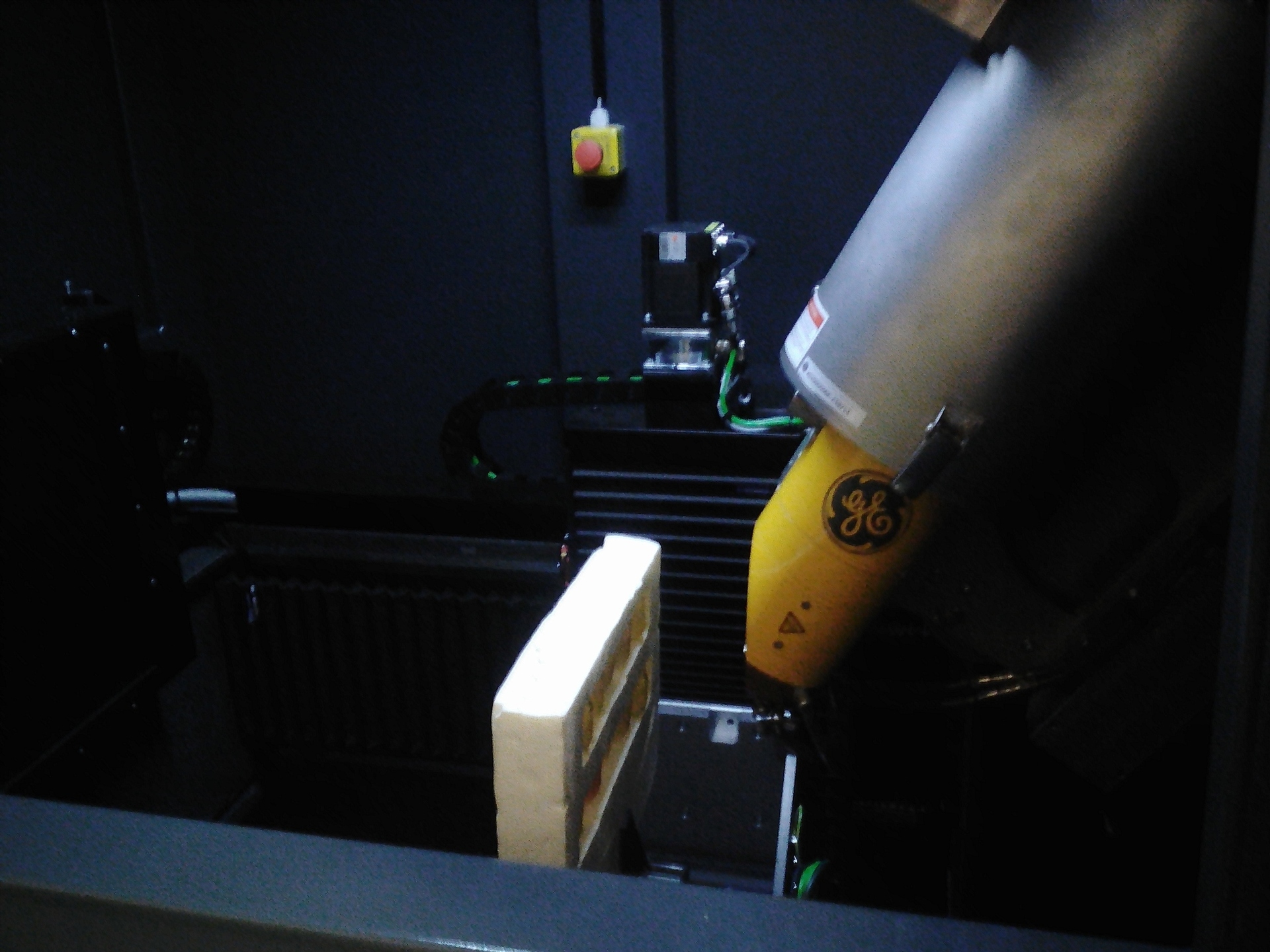
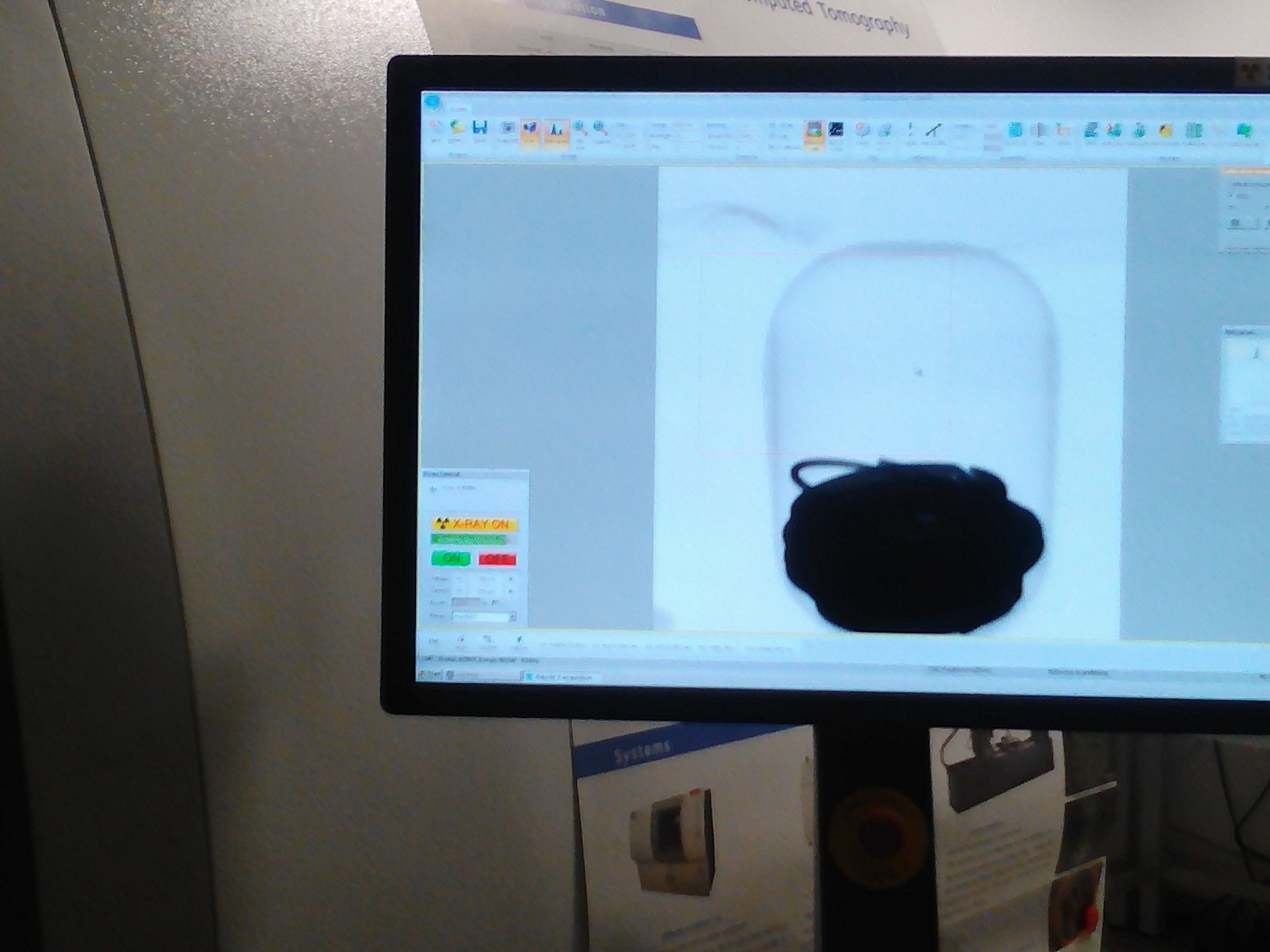
We were lucky: we guessed all the objects correctly. In another room, we were shown an electron microscope with an increasing power of 200K times.

For example, such an image is obtained at maximum magnification: A

microscope works by irradiating an object with a stream of electrons through special sensitive lenses to obtain an image. The object before it is covered with metal so that it can be increased. We headed to the next building, where we were shown to test the fire resistance of various building materials.
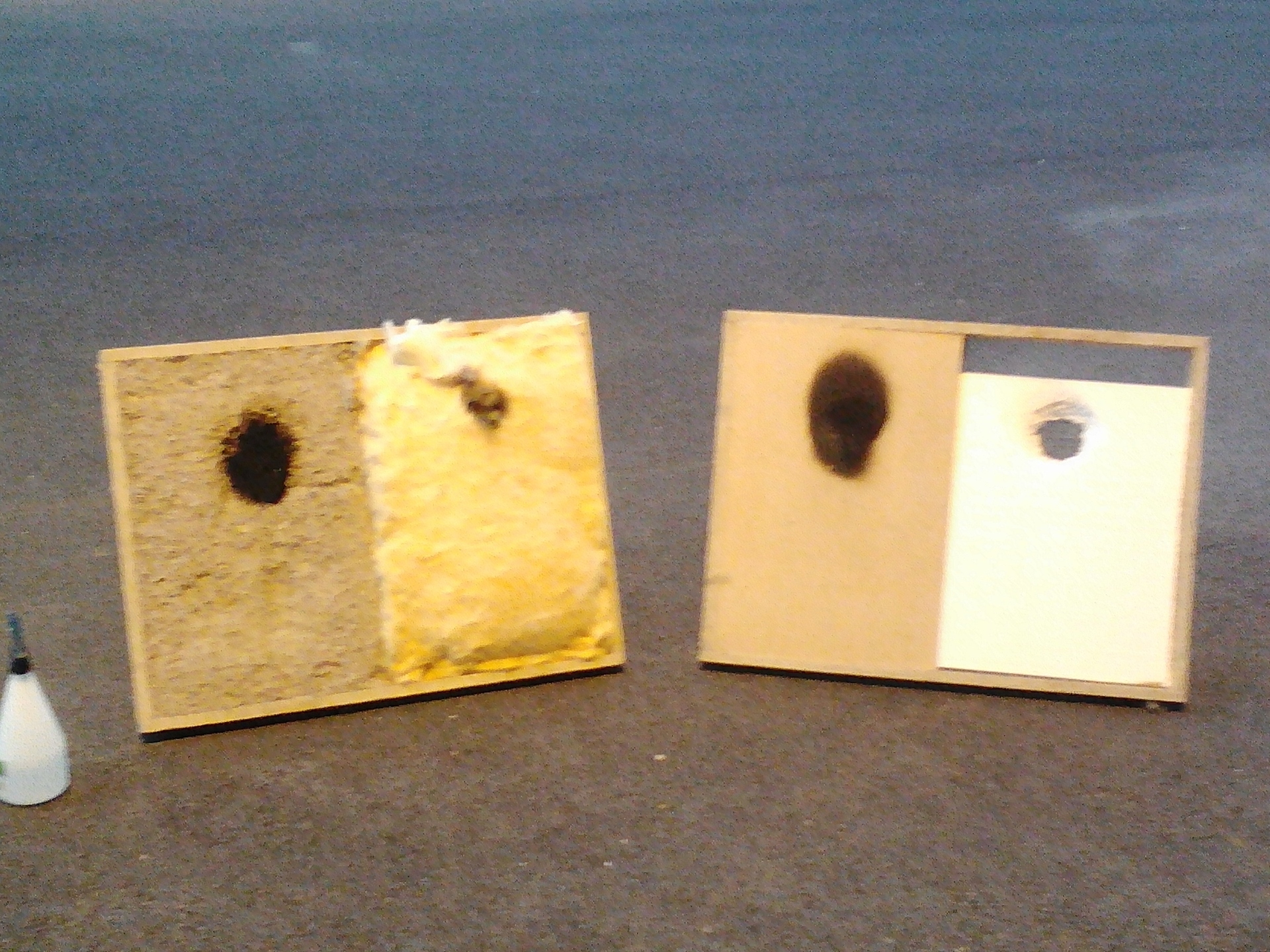

The durability of the materials is checked in a special furnace. The maximum temperature at which fire resistance is checked is 1200 degrees Celsius. Here the girl told us about the study of the behavior of people during evacuation. Here, for example, computer simulation of the evacuation process at a metro station in Prague through a tunnel:

Various accumulated research materials and the results of real experiments with the participation of people are used for modeling (although there have been few such experiments). Special software is used for modeling.
In the next pavilion, we met with 3D scanning and robotics. Initially, we were introduced to their version of Google car, which they use to scan the terrain. The car is equipped with a conventional panoramic camera, IMU, distance sensors and a 2D lidar.
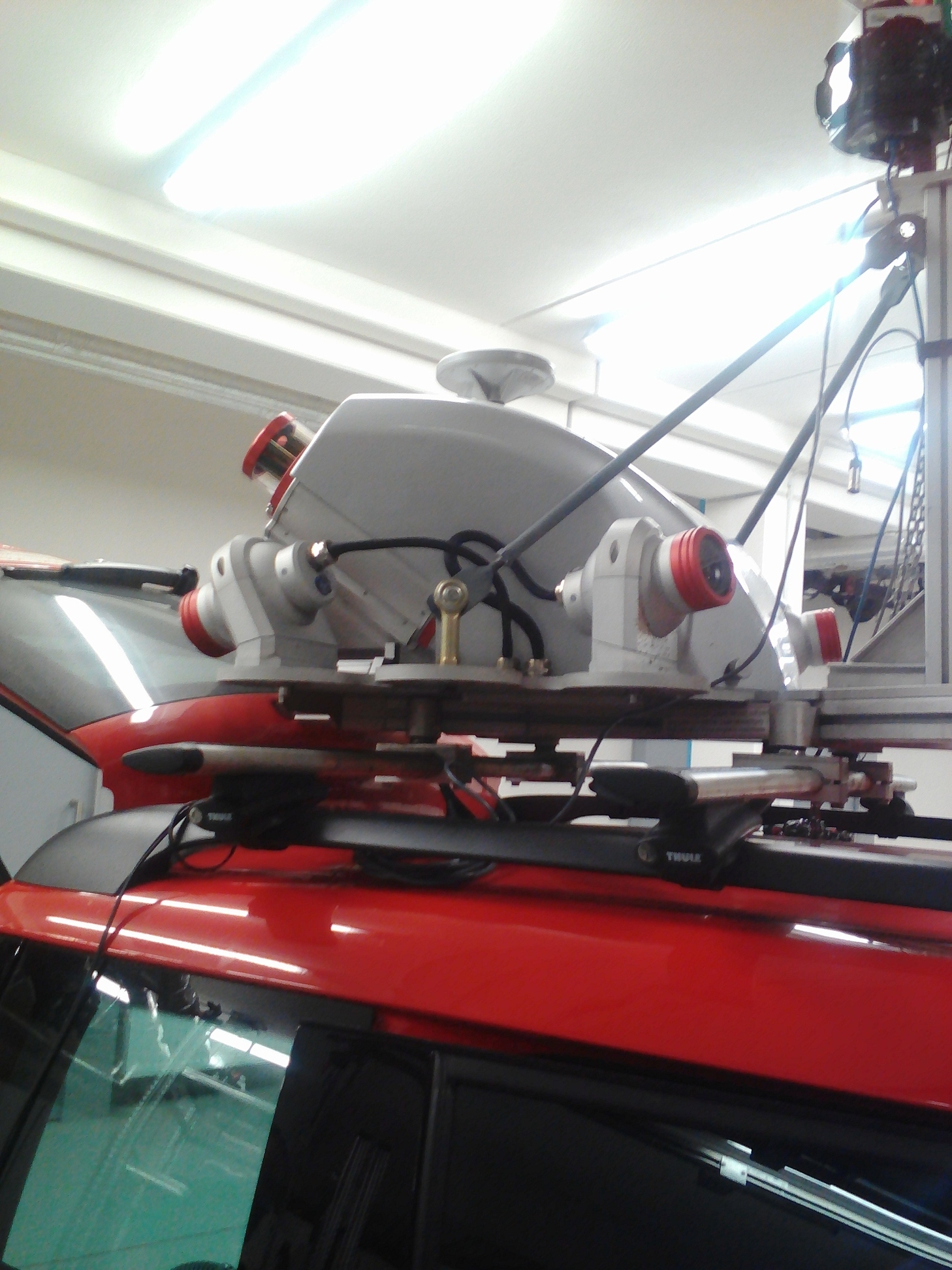
With the help of a scanning system, such “point clouds” of space are obtained:

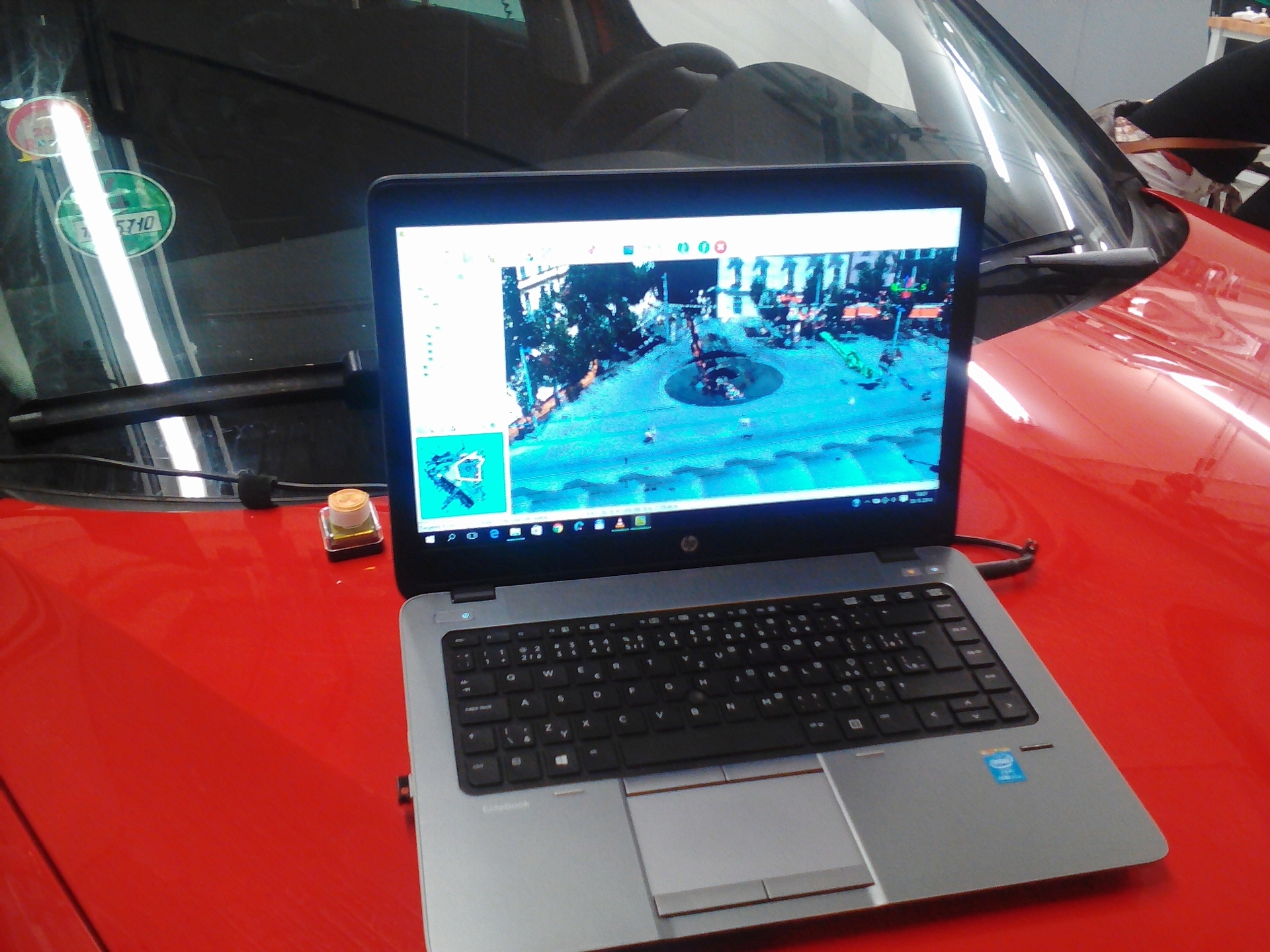
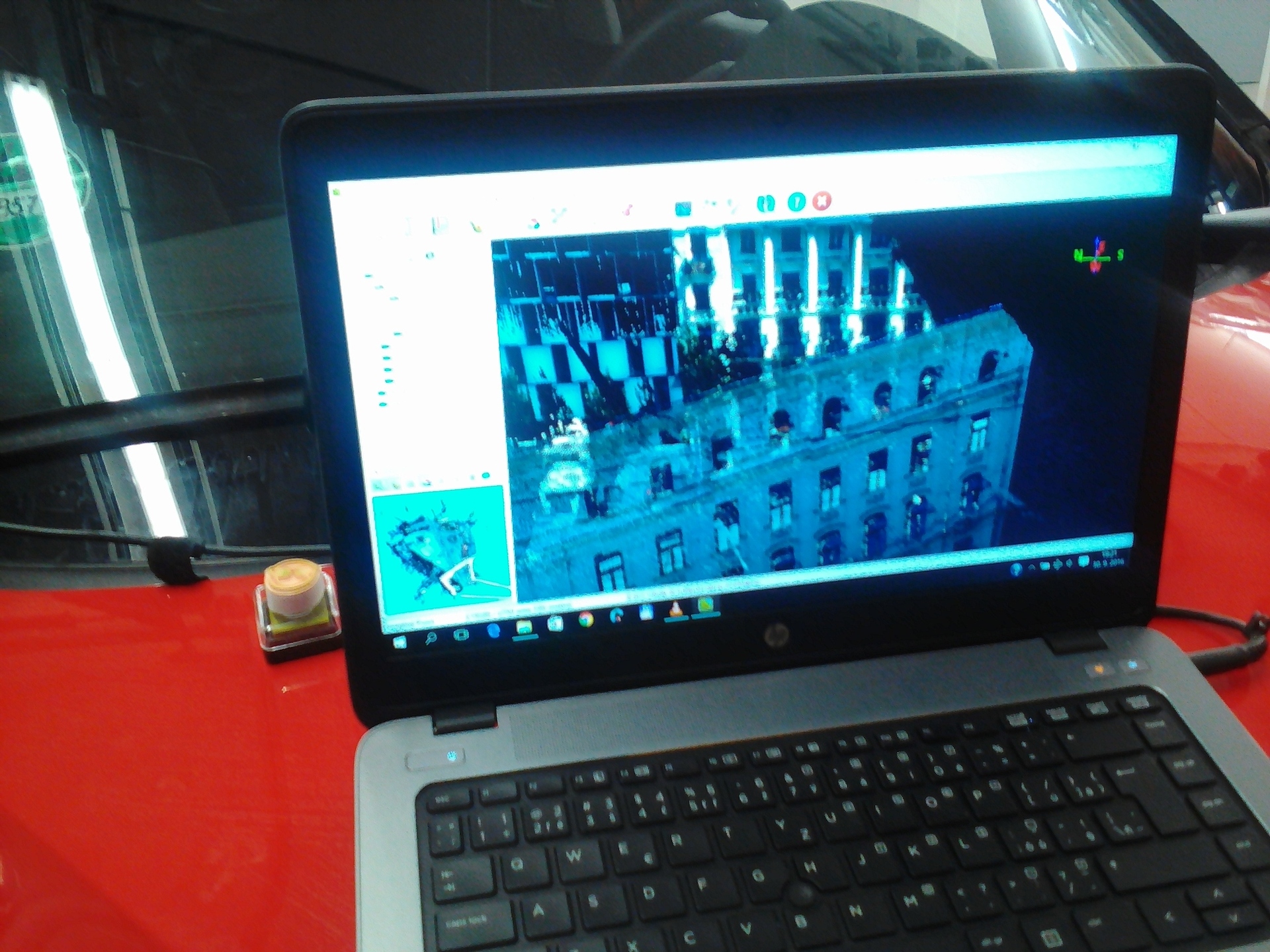
Scanning proceeds as follows: the car moves at a speed of 80-90 km / h and the lidar receives 560 points at each moment in time. Positioning is performed as far as possible with the help of satellites, in case of impossibility to receive the satellite signal (in the tunnel) IMU is used to correct the position. The scans are then processed offline using special software, sometimes it takes 2-3 days to bring the scan data to a suitable state.
Here we saw a quadrocopter for taking photos of the terrain using a digital camera:

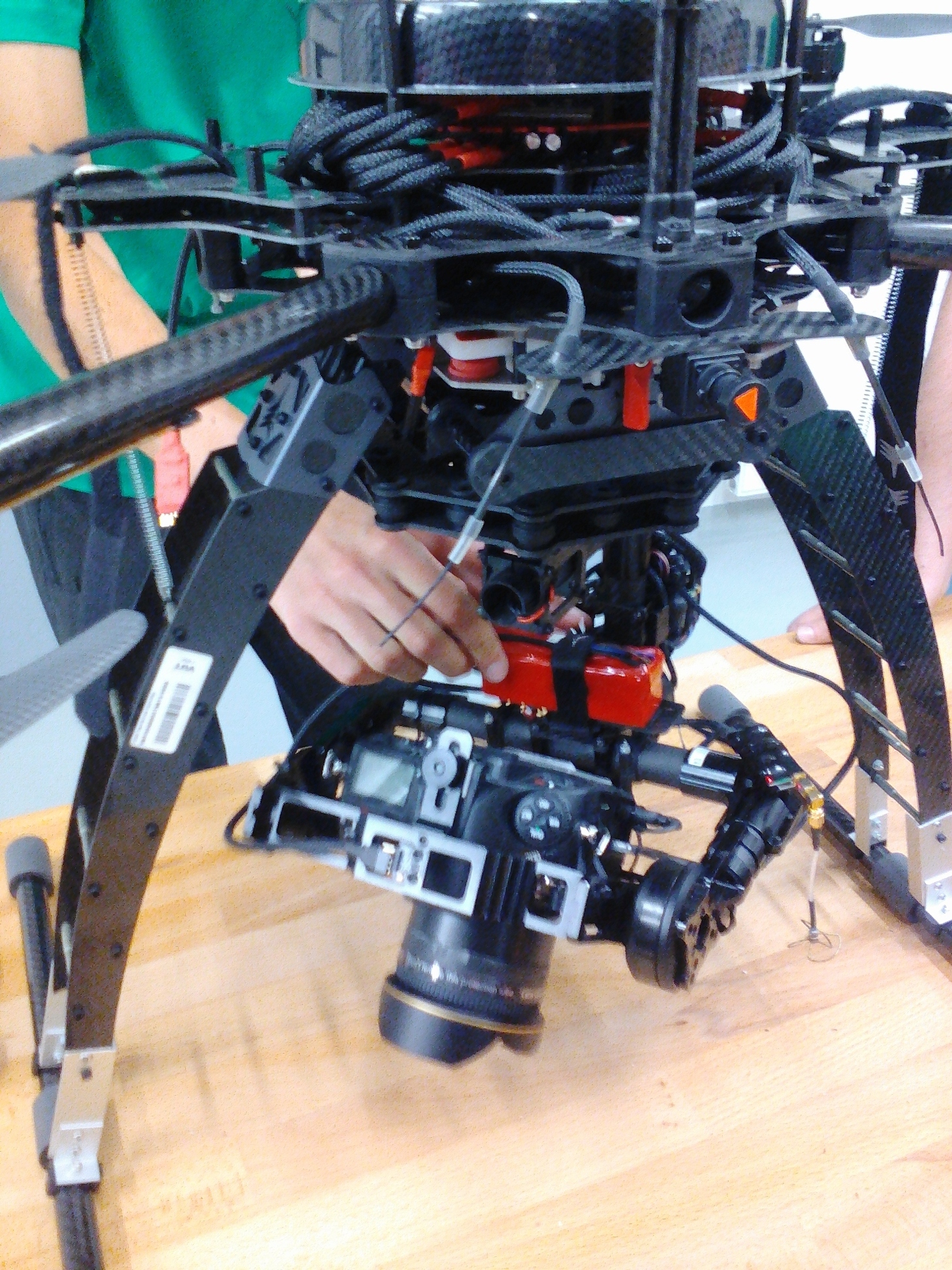
Here is a copter and batteries for it (for long-term work):

Perhaps the tallest 3D printer I've ever met:

Everyone could control a small wheeled robot with a camera:

Next step was a visit to the exposition of the Faculty of Chemistry. At the beginning, we check the thoroughness of hand washing with a disinfectant in ultraviolet light.

We demonstrate original musical instruments (Tibetan bowl).
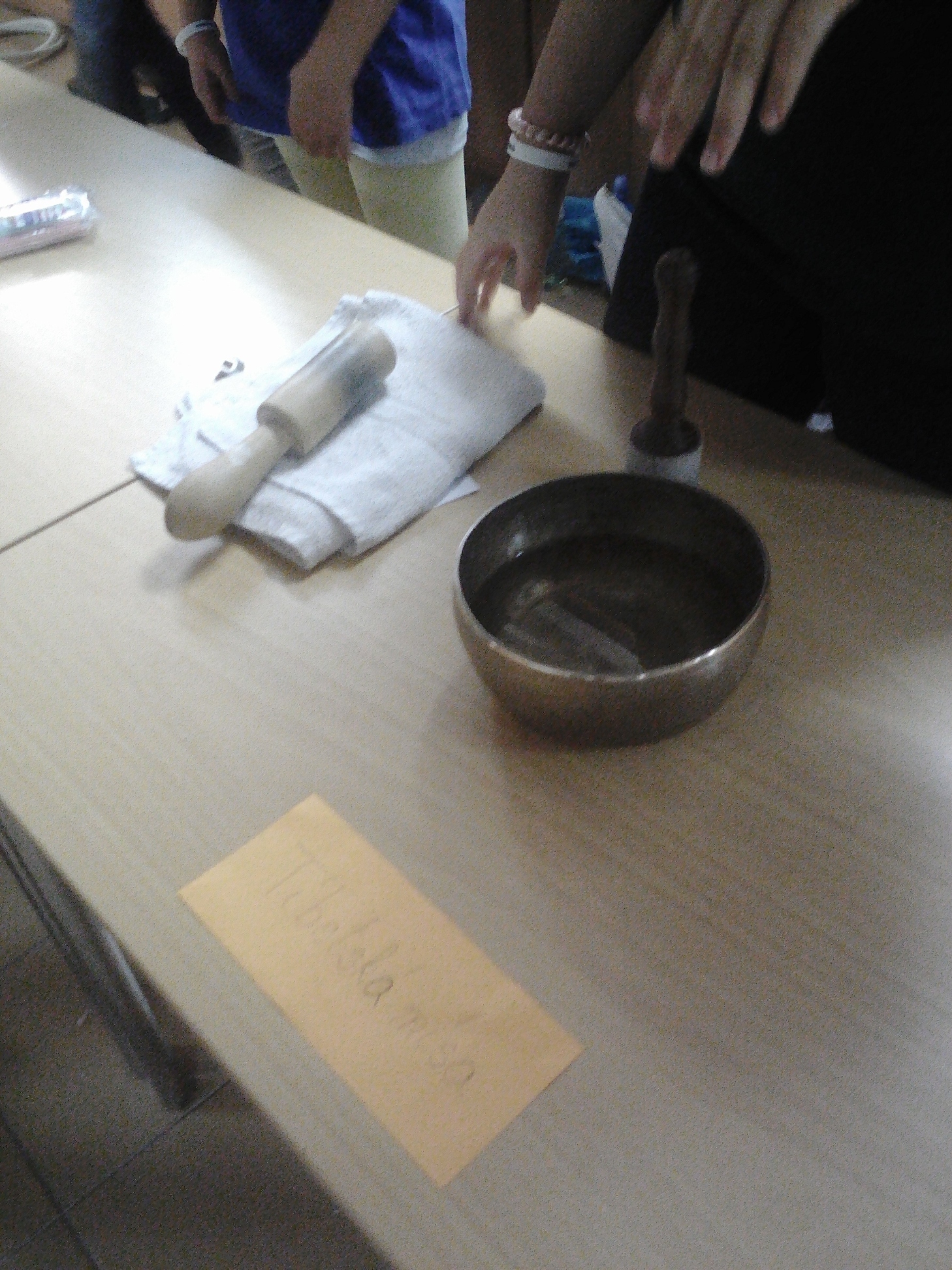
We measure distances and heights with the help of laser measuring instruments.
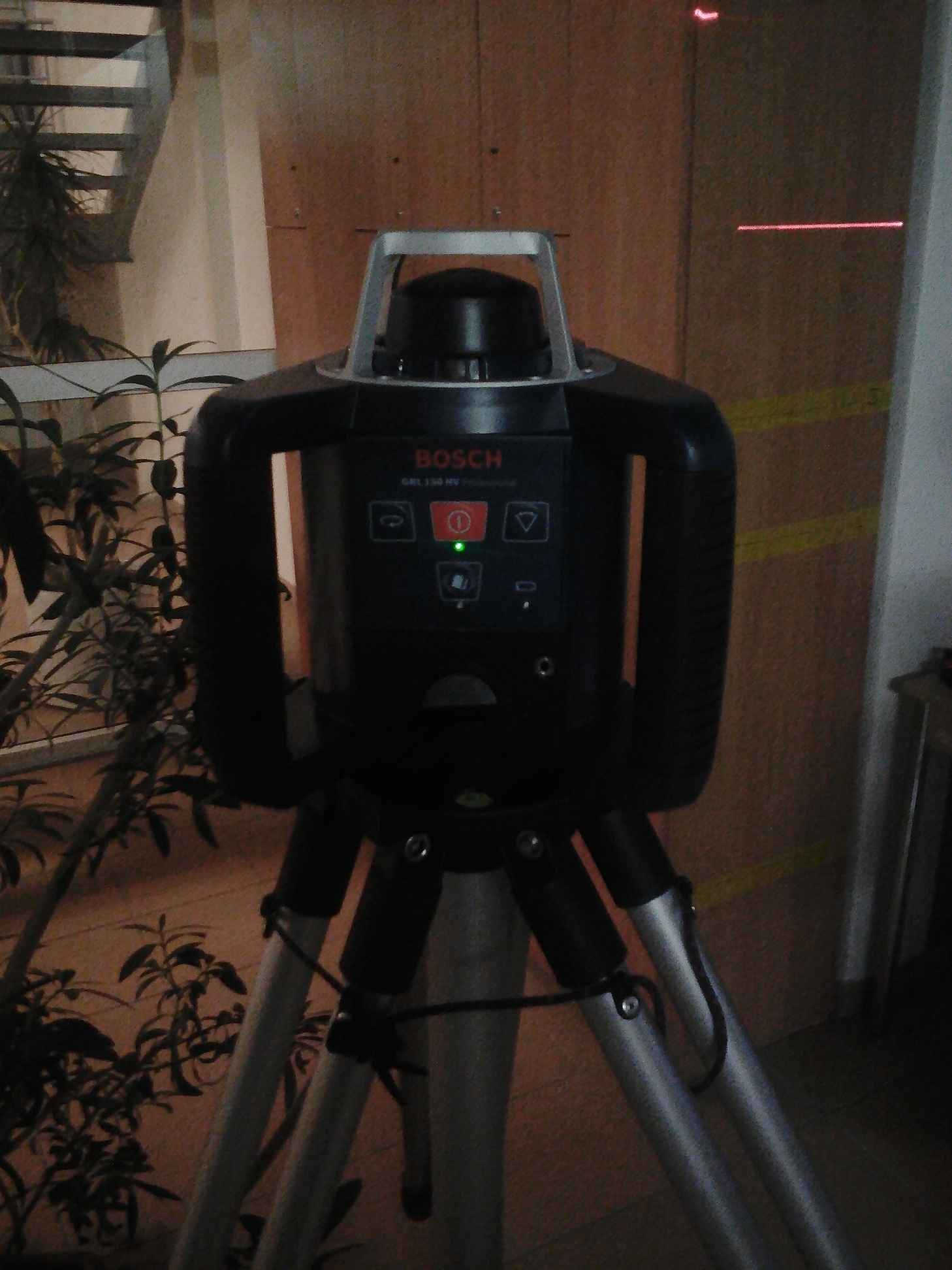

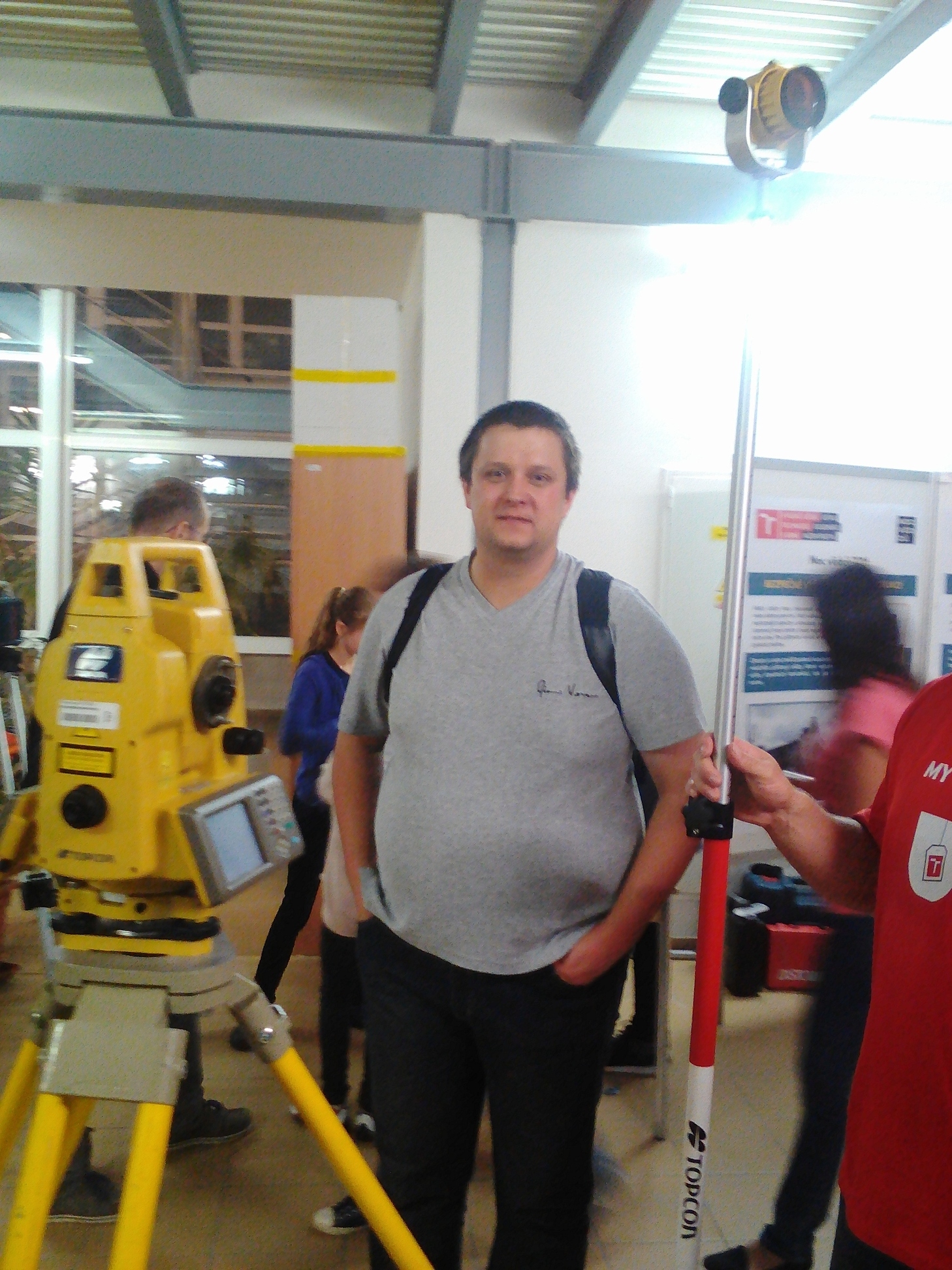
The last stage was a visit to the Faculty of Information Technology (by the way, here I am studying for a doctoral program). One of my colleagues from the computer graphics department is engaged in calculating the speed of cars on the highway using computer vision methods on data from cameras installed above the road:
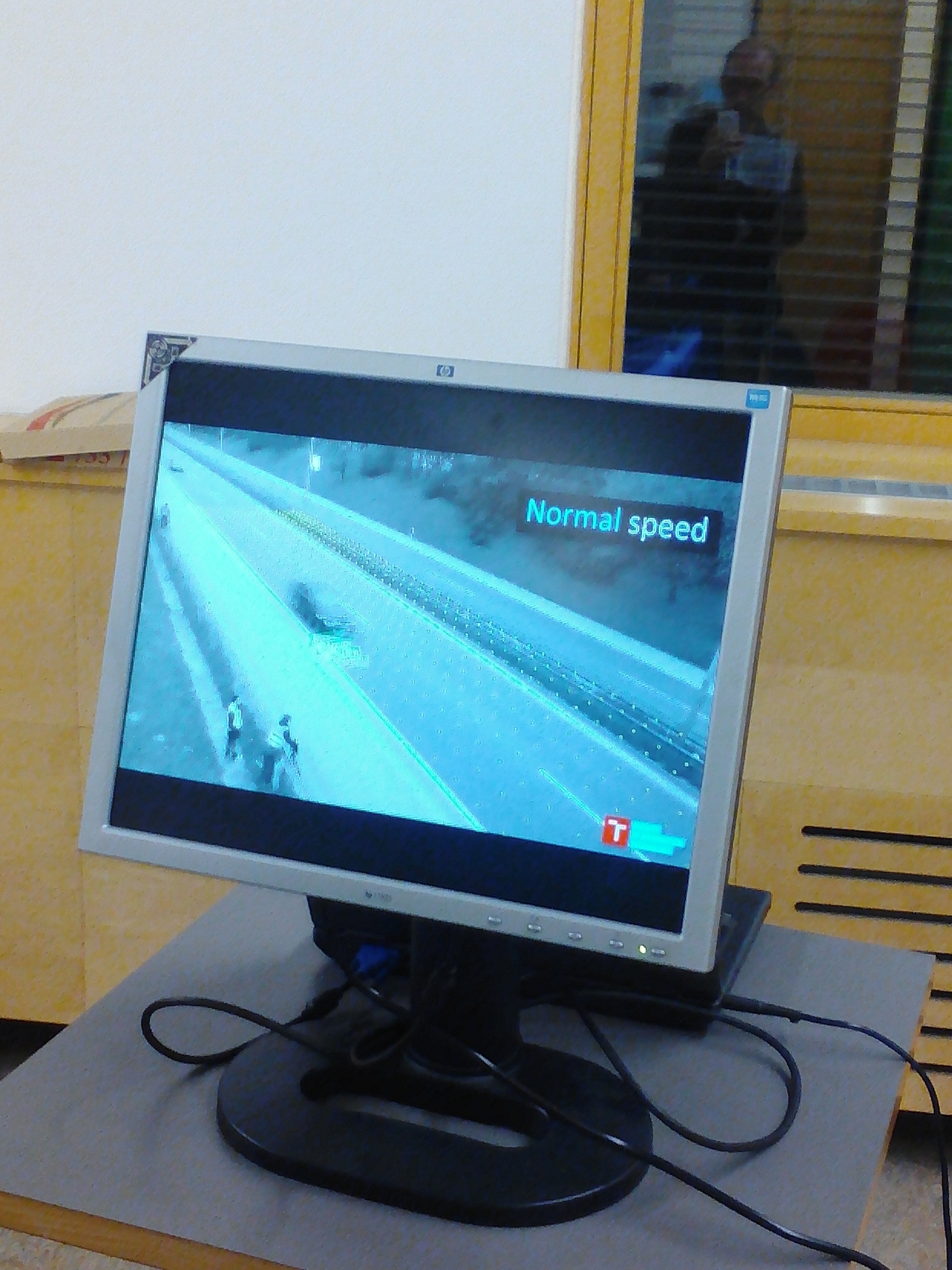
Another colleague talks about determining the exact position in a mountainous area where a photo was taken:

Workers in the yard show their mobile robot division of intellectual systems


At the very end, I looked into our robotics laboratory, where my colleague prepared a demonstration of the study of human-robot interaction with the PR2 robot. The essence of the study: to find the most convenient way for operators to demonstrate the necessary operations that the robot must perform during the job (the so-called robot programming).
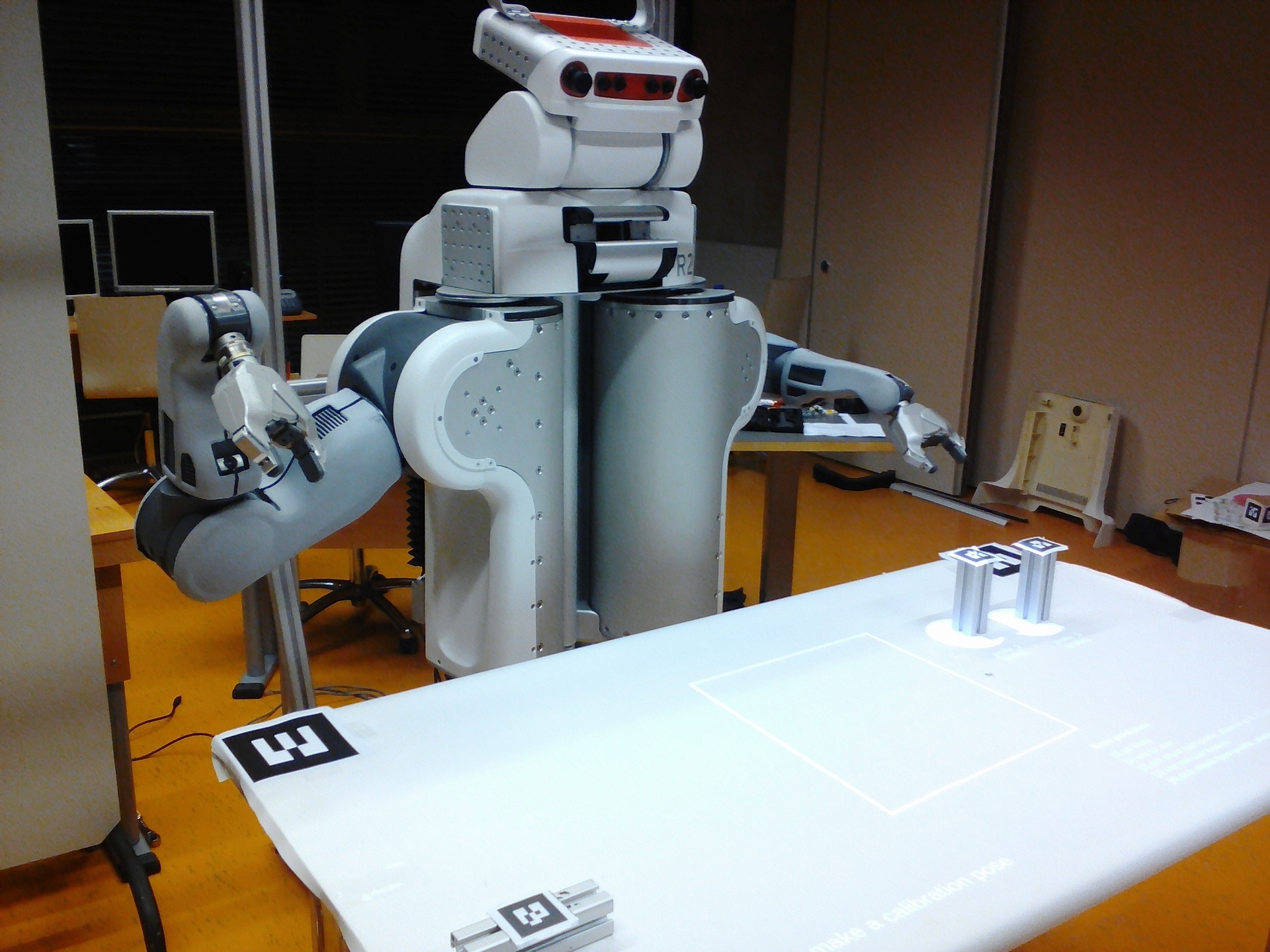

The installation is an interactive table above which a Kinect depth sensor and a projector are installed on top, which projects onto the table an interface for selecting objects and targets for the operator.

A colleague demonstrates the process of setting actions for a robot:
The robot performs the task:
Here you can also find a small wheeled robot that scans the space with the help of a Velodyne lidar:

At this point , our program for the Night of Scientists ended at about half past midnight. It was interesting and informative. Nice to meet with the research and achievements presented directly in the laboratory. This year, the organizers have pleased a richer variety of activities and new research centers have joined. Until we meet again, dear readers!
So, my friend and I decided to visit the AdMaS Science Center (part of the Faculty of Civil Engineering of the Technical University of Brno), the joint exposition of the Chemical and Judicial Engineering faculties and the Faculty of Information Technology of the same Technical University.
Started with AdMaS. At the entrance we were greeted by the organizing girls and given a card with a visiting scheme of the exposition and a quest: you need to visit all 7 exposition stops, get stamps in each and we will get Kinder Surprise Egg at the exit. It sounds tempting!


In the first pavilion a small quest was waiting for us: there were 8 plastic cases, each of which contained some item from the list (paper clips, two stones, screws, weight, foam balls, etc.) and by the sound it was necessary to guess which of the items lies in every case.
After that, we were shown a tomograph and with the help of it we determined where what object lay:


We were lucky: we guessed all the objects correctly. In another room, we were shown an electron microscope with an increasing power of 200K times.

For example, such an image is obtained at maximum magnification: A

microscope works by irradiating an object with a stream of electrons through special sensitive lenses to obtain an image. The object before it is covered with metal so that it can be increased. We headed to the next building, where we were shown to test the fire resistance of various building materials.


The durability of the materials is checked in a special furnace. The maximum temperature at which fire resistance is checked is 1200 degrees Celsius. Here the girl told us about the study of the behavior of people during evacuation. Here, for example, computer simulation of the evacuation process at a metro station in Prague through a tunnel:

Various accumulated research materials and the results of real experiments with the participation of people are used for modeling (although there have been few such experiments). Special software is used for modeling.
In the next pavilion, we met with 3D scanning and robotics. Initially, we were introduced to their version of Google car, which they use to scan the terrain. The car is equipped with a conventional panoramic camera, IMU, distance sensors and a 2D lidar.

With the help of a scanning system, such “point clouds” of space are obtained:



Scanning proceeds as follows: the car moves at a speed of 80-90 km / h and the lidar receives 560 points at each moment in time. Positioning is performed as far as possible with the help of satellites, in case of impossibility to receive the satellite signal (in the tunnel) IMU is used to correct the position. The scans are then processed offline using special software, sometimes it takes 2-3 days to bring the scan data to a suitable state.
Here we saw a quadrocopter for taking photos of the terrain using a digital camera:


Here is a copter and batteries for it (for long-term work):

Perhaps the tallest 3D printer I've ever met:

Everyone could control a small wheeled robot with a camera:

Next step was a visit to the exposition of the Faculty of Chemistry. At the beginning, we check the thoroughness of hand washing with a disinfectant in ultraviolet light.

We demonstrate original musical instruments (Tibetan bowl).

We measure distances and heights with the help of laser measuring instruments.



The last stage was a visit to the Faculty of Information Technology (by the way, here I am studying for a doctoral program). One of my colleagues from the computer graphics department is engaged in calculating the speed of cars on the highway using computer vision methods on data from cameras installed above the road:

Another colleague talks about determining the exact position in a mountainous area where a photo was taken:

Workers in the yard show their mobile robot division of intellectual systems


At the very end, I looked into our robotics laboratory, where my colleague prepared a demonstration of the study of human-robot interaction with the PR2 robot. The essence of the study: to find the most convenient way for operators to demonstrate the necessary operations that the robot must perform during the job (the so-called robot programming).


The installation is an interactive table above which a Kinect depth sensor and a projector are installed on top, which projects onto the table an interface for selecting objects and targets for the operator.

A colleague demonstrates the process of setting actions for a robot:
The robot performs the task:
Here you can also find a small wheeled robot that scans the space with the help of a Velodyne lidar:

At this point , our program for the Night of Scientists ended at about half past midnight. It was interesting and informative. Nice to meet with the research and achievements presented directly in the laboratory. This year, the organizers have pleased a richer variety of activities and new research centers have joined. Until we meet again, dear readers!
